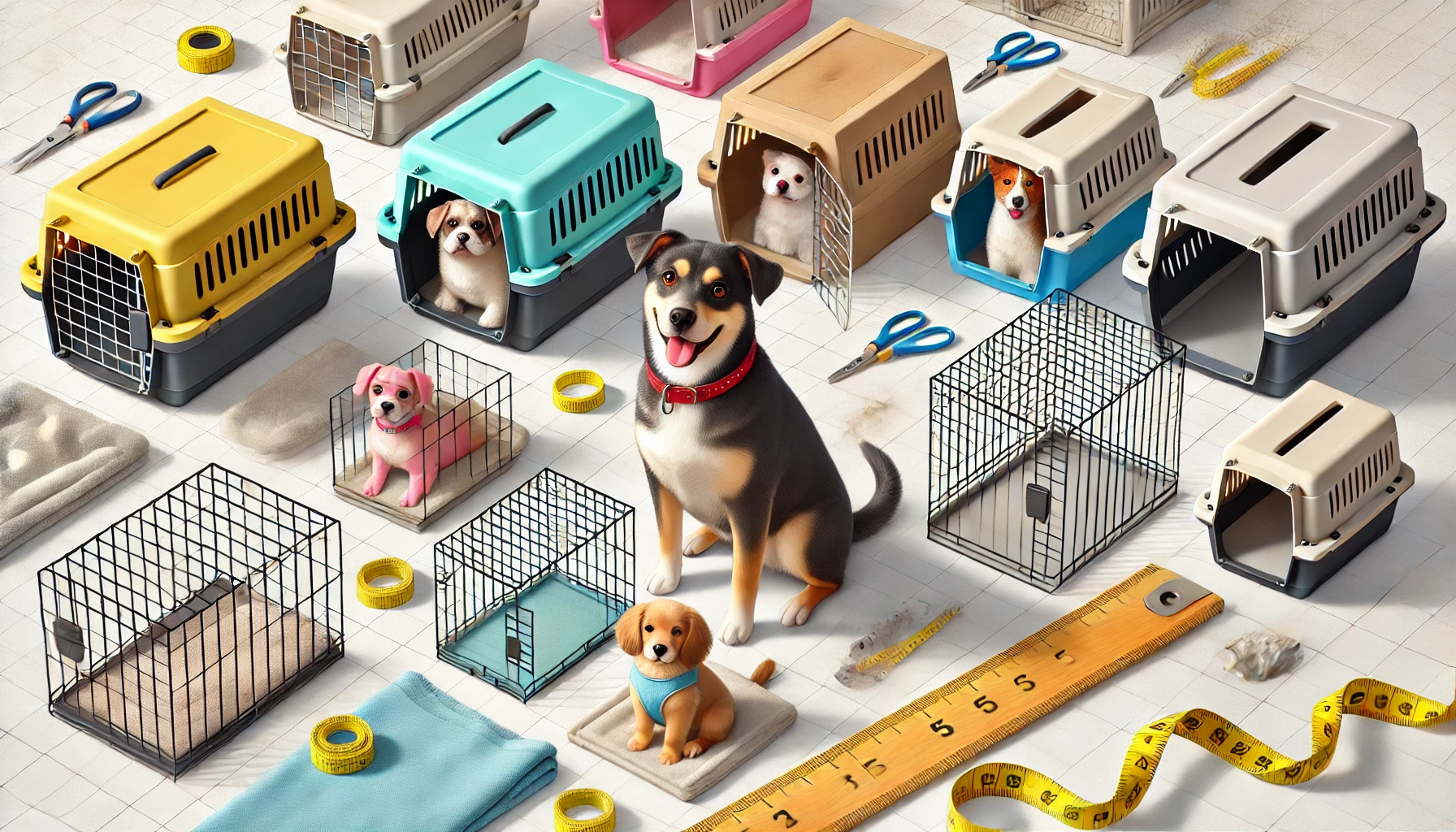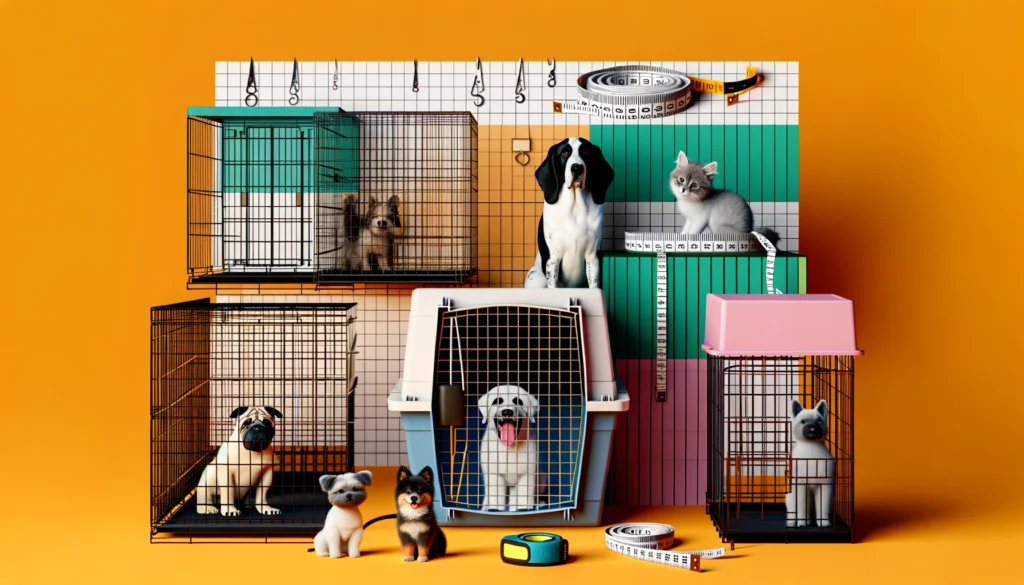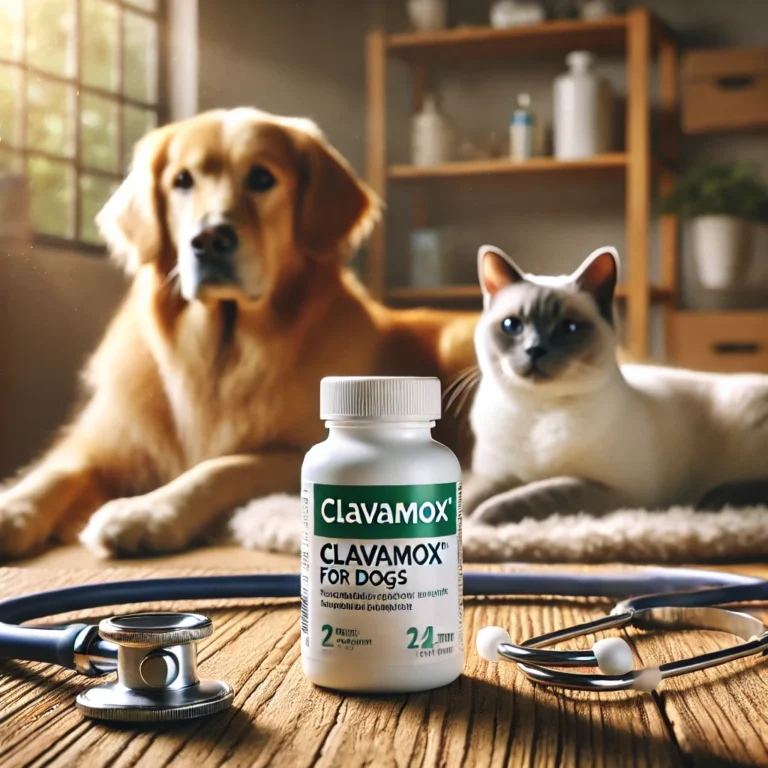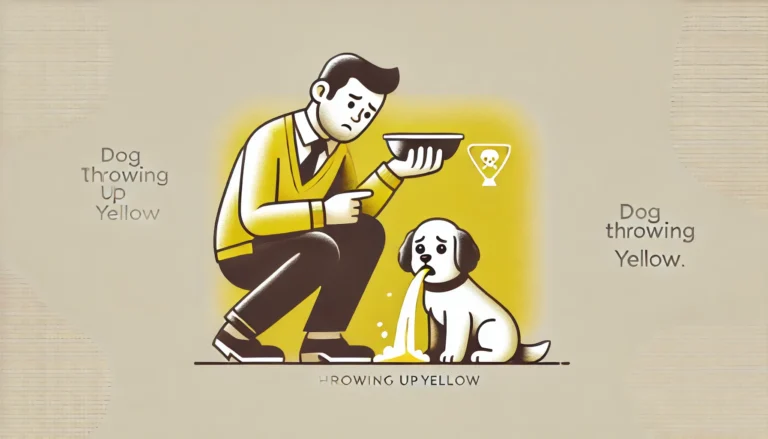How To Choose the Right Crate Size for Your Dog or Puppy

Crate Size for Your Dog
Choosing the right crate for your dog or puppy is a crucial step in ensuring their comfort and safety. A properly sized crate is essential for making your pet feel secure, aiding in house training, and providing them with a personal space where they can relax and retreat. This comprehensive guide will help you determine the right crate size for your dog, taking into account various factors such as size, growth potential, and the crate’s purpose.
Understanding the Purpose of Crating, Crate Size for Your Dog
Crate Size for Your Dog, Crating serves multiple purposes: it taps into a dog’s natural denning instinct, offers a safe haven where dogs can unwind and feel secure, and serves as a valuable tool for house training. It’s also essential for safe pet transportation. However, the key to effective crating is ensuring the crate is the right size, providing enough space for your dog to move comfortably without feeling cramped.
Determining the Right Crate Size for Your Dog
1. Measure Your Dog’s Size
Crate Size for Your Dog, To select the right Crate Size for Your Dog, start by measuring your dog from the tip of their nose to the base of their tail for length, from the floor to the highest point of their head or ears for height, and their width at the widest part of their body. These measurements are critical to ensure your dog can stand up, turn around, and lie down comfortably without restriction.
Guideline for Crate Size for Your Dog:
- Length of crate: Dog’s body length + 2-4 inches
- Height of crate: Dog’s height + 2-4 inches
- Width of crate: Enough for your dog to turn around comfortably
2. Consider Your Dog’s Growth
For puppies, consider their expected adult size. Purchasing a crate with adjustable dividers is economical as it grows with your puppy, saving you from buying multiple crates as they grow.
do you know
When your dog has diarrhea, feeding the right foods is essential for quick recovery. Knowing what to feed a dog with diarrhea can help soothe its stomach and prevent dehydration.
Types of Crates
Wire Crates
Wire crates like the 42-inch dog cage or the 48-inch model are versatile, providing good ventilation and visibility. They often come with dividers which make them suitable for growing puppies.

Plastic Crates
Plastic crates are typically cozier and are approved for airline travel. Models like the 36-inch dog crate are popular for their durability and ease of cleaning.
Soft-sided Crates
Lightweight and portable, soft-sided crates like the 30-inch dog crate are ideal for travel and for dogs that are already crate trained.
Heavy-duty Crates
For escape-prone dogs, heavy-duty crates are robust and secure, with reinforced locks and thicker walls.
Decorative Crates
These crates blend in with home décor and are suitable for well-behaved dogs who do not chew on their crates.
Features to Consider
Portability and Storage
If you need to move the crate often, consider lightweight options like a 24-inch dog crate, or models with handles and wheels.
Ease of Cleaning
Crates with a removable bottom tray are easier to clean, especially after accidents.
Safety and Comfort
Ensure the crate is free from sharp edges, and consider adding comfortable bedding.
Practical Tips for Crate Training
- Introduce the crate gradually. Place treats and toys inside to encourage voluntary entry.
- Feed meals inside the crate. This creates a positive association with the crate.
- Gradually increase crating time. Start with short intervals and increase them over time.
Crate Size for Your Dog, Recommendations by Breed
- Chihuahua (Small Size Dog Crate)
- A small dog crate, typically around 24 x 18 inches, is ideal.
- Golden Retriever (Large Dog Crate)
- A 42-inch dog crate would comfortably accommodate a Golden Retriever.
- German Shepherd (X-Large Dog Crate)
- An x-large dog crate, about 48 x 30 inches, is recommended.
- Great Dane (XXL Dog Crate)
- An extra-extra-large dog crate, like a 54-inch model, is necessary for a comfortable fit.
Conclusion of Crate Size for Your Dog
Choosing the right Crate Size for Your Dog or puppy involves careful measurement and consideration of their growth and the crate’s purpose. Whether you opt for a wire, plastic, soft-sided, heavy-duty, or decorative crate, ensure it meets your dog’s needs for space, security, and comfort. With the right crate, your dog will have a safe space to call their own, aiding in their training and overall well-being.
How do know what Crate Size for Your Dog or puppy?
To determine the right size Crate Size for Your Dog, measure their length from the tip of the nose to the base of the tail, add 2-4 inches, and their height from the floor to the top of their head while sitting, adding 2-4 inches. The crate should be large enough for your puppy to stand up, turn around, and lie down comfortably, but not so large that they can use one end to sleep and the other as a bathroom.
Can a crate be too big for a puppy?
Yes, Crate Size for Your Dog can be too big, as excess space may lead them to use one area for sleeping and another for relieving themselves, which can hinder house training. Using a crate with a divider can help adjust the space as your puppy grows, ensuring the crate remains cozy and conducive to training.
Should I get my puppy a crate or not?
Getting a crate for your puppy is advisable as it provides a safe, den-like space for them to relax and sleep. Crates are effective training tools for housebreaking and help in managing separation anxiety and ensuring safety when unsupervised.
What is the rule of Crate Size for Your Dog?
The general rule for puppy crates is that they should be only large enough for the puppy to stand up, turn around, and lie down comfortably. The crate should help create a secure and cozy environment, mimicking a den.
Should I sleep with my puppy or crate?
Whether to sleep with your puppy or use a crate depends on your training goals. Crating a puppy at night can help in establishing a routine, aiding in house training, and ensuring both safety and comfort. Sleeping with your puppy can provide comfort but may make it more challenging to teach independence.
Is it cruel to leave a puppy in a crate all day?
Leaving a puppy in a crate all day is generally not recommended. Puppies need regular exercise, social interaction, and bathroom breaks. If crated for too long, puppies can become anxious, depressed, or experience physical discomfort. Ideally, a puppy shouldn’t be crated for more than a few hours at a time.
Will a dog cry if a crate is too small?
A dog may cry or whine if their crate is too small as it can cause discomfort and anxiety. A properly sized crate is crucial for your dog’s comfort, allowing enough room to move freely without feeling confined.
Should you put blankets in a dog crate?
Yes, placing blankets in a dog crate can add comfort and warmth, making it feel more welcoming and den-like. Ensure the blankets are washable and monitor for any chewing, which could pose a choking hazard.
Should I cover my puppy’s crate at night?
Covering a puppy’s crate at night can help simulate night time and provide a sense of security, reducing stimulation and helping your puppy settle down quicker. However, ensure the crate is well-ventilated and the puppy is comfortable with the cover.
Where should a puppy sleep at night?
A puppy should sleep in a crate or a designated sleeping area where they feel secure and comfortable. The location should be quiet, away from high traffic areas, and preferably where the puppy can see you or feel your presence to reduce anxiety.
Is it okay to let a puppy cry in a crate at night?
While it can be hard to hear, letting a puppy cry in a crate at night for short periods is okay as part of their training process. Ensure the crying is not due to needs like going to the bathroom, hunger, or discomfort. Consistency is key in helping them learn to settle themselves.
Where to put a puppy crate at night?
Place the puppy crate in a quiet area close to where family members sleep. This allows you to hear if they are distressed and need to go out during the night while providing comfort and security to the puppy by being near familiar scents and sounds.






